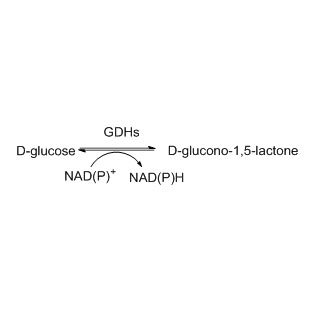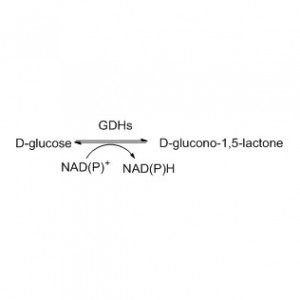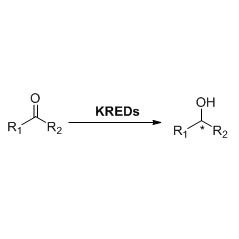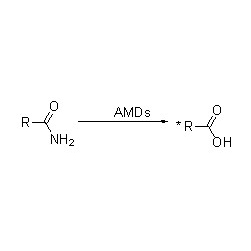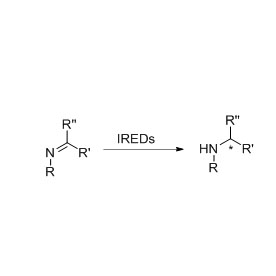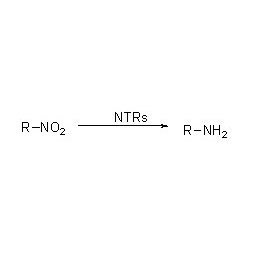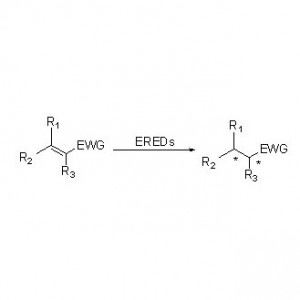Glucose dehydrogenase (GDH)

| Enzymes | Product Code | Specification |
| Enzyme Powder | ES-GDH-101~ ES-GDH-109 | 9 enzymes*50mg/pc, or other quantity |
★ High substrate specificity.
★ High conversion.
★ Less by-products.
★ Mild reaction conditions.
★ Environmentally friendly.
➢ Normally, the reaction system should include substrate, buffer solution, enzyme, and coenzyme.
➢ If GDH is used for coenzyme regeneration, the main enzyme is necessary, and the reaction system should be designed according to the main enzyme.
Example 1(Biocatalysis synthesis of imine to chiral amine with imine reductase)(1):
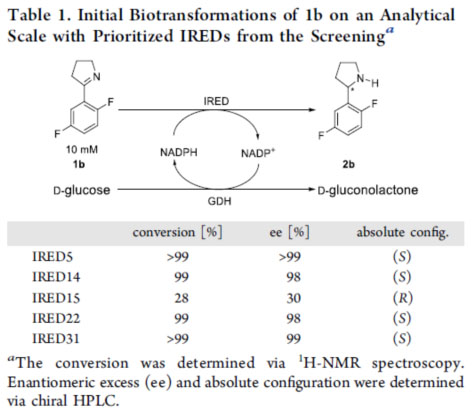
Keep 2 years below -20℃.
Never contact with extreme conditions such as: high temperature, high/low pH and high concentration organic solvent.
1. Bernhard L M, McLachlan J, Gröger H. Process Development of Enantioselective Imine Reductase-Catalyzed Syntheses of Pharmaceutically Relevant Pyrrolidines[J]. Organic Process Research & Development, 2022.


